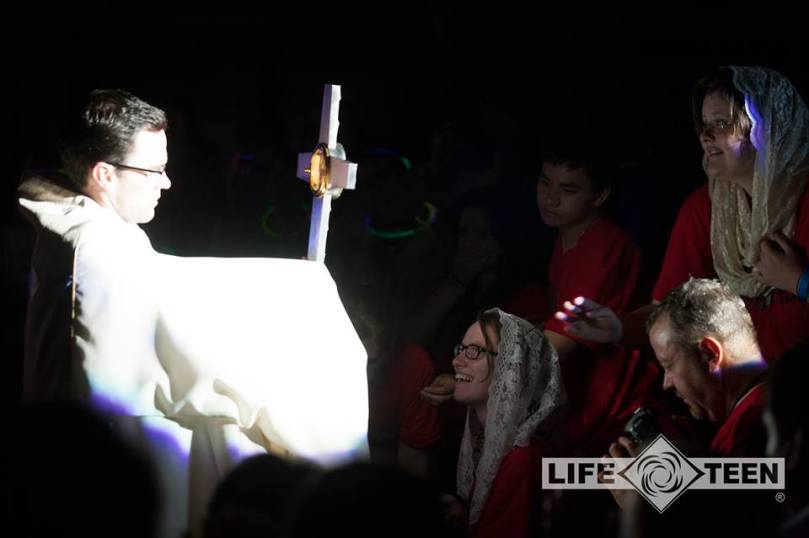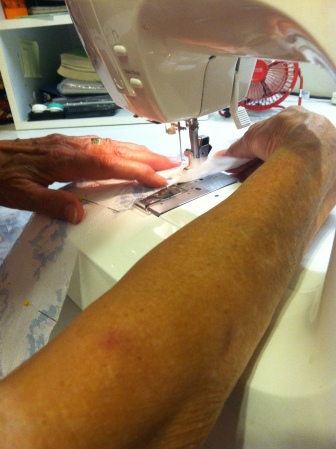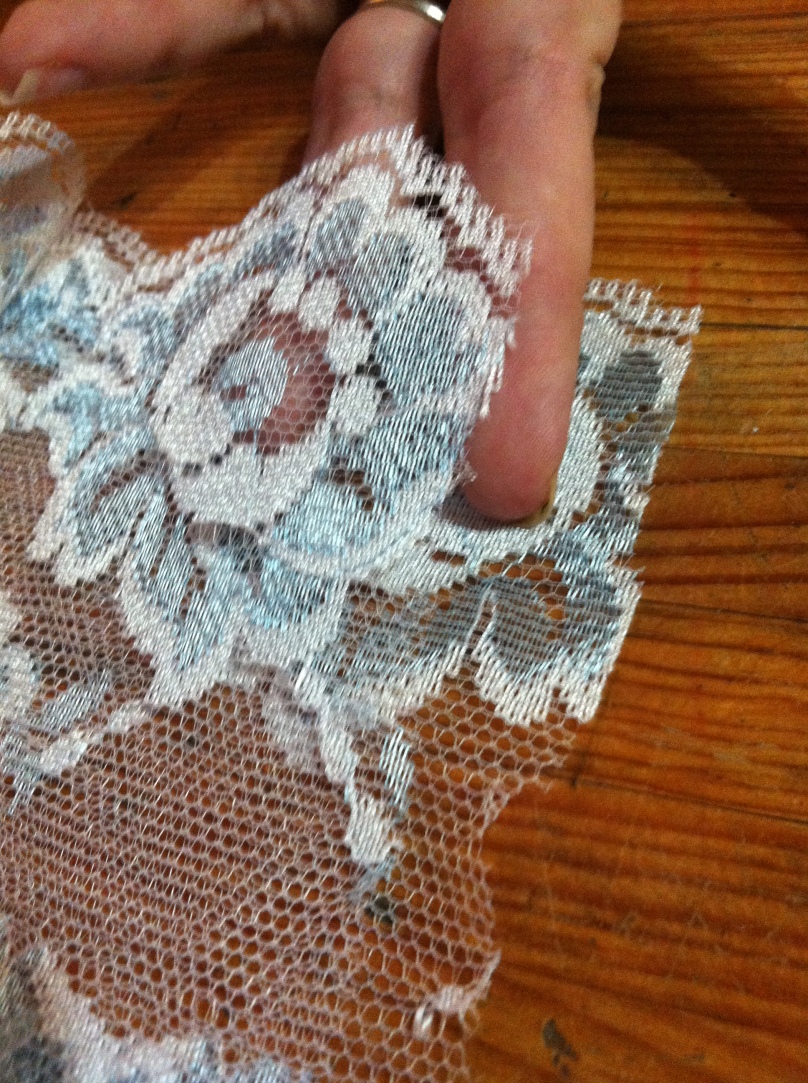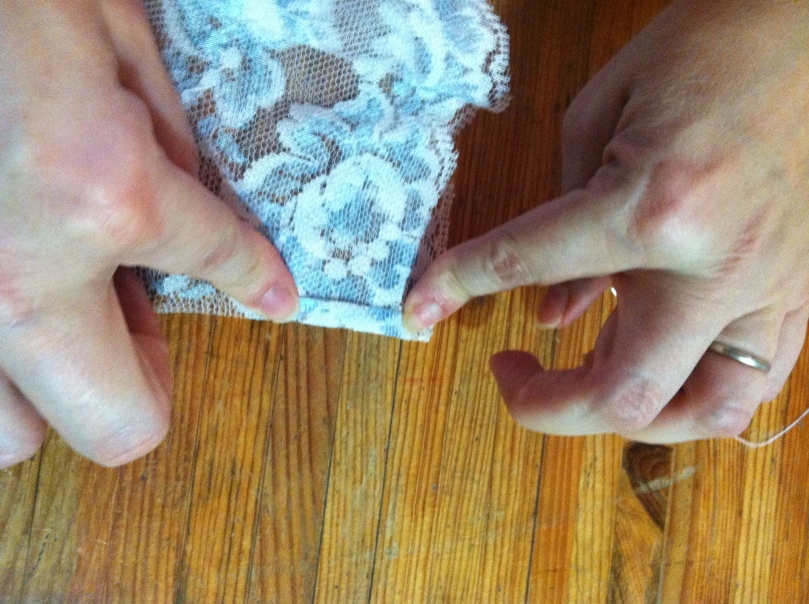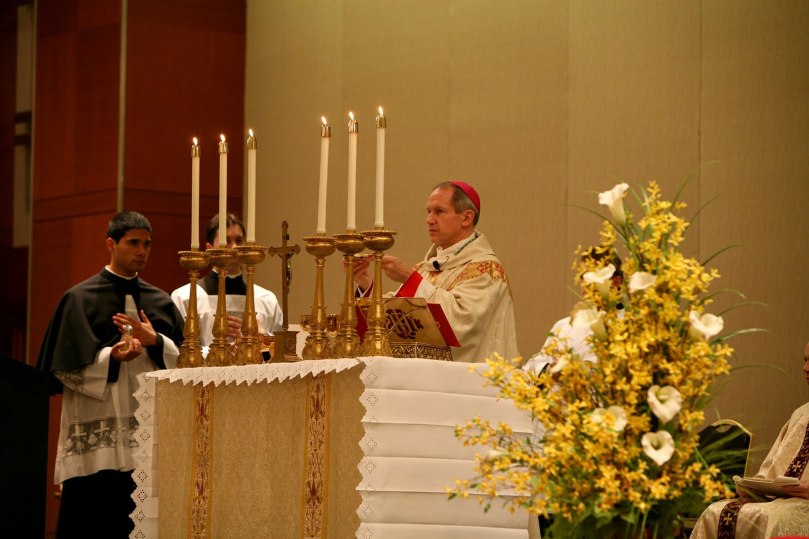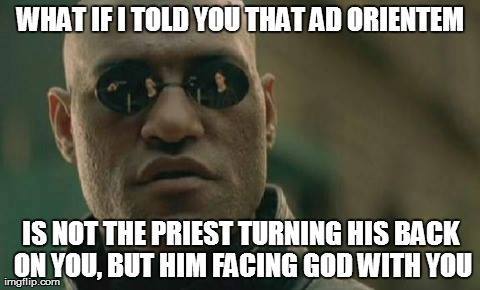Time for my second controversial opinion this week! I’m on a roll. Or I would be, if the earth wasn’t flat. Which brings me to the topic of today’s post!
Science!
Which I’m sure made some of you cheer and some of you shrink back like hermit crabs into your shells, hissing softly “but Tani! We thought you were a Christian! Christians can’t believe in science, it disproves faith! WHY ARE YOU SUCH A HERETIC?” The answer is, of course, that I am a Christian but I’m not a heretic, that Christians can and should look to the rules of physics and the natural world, and that science and faith are anything but opposites. Sadly, though, there’s a false dichotomy in the world today between science and faith. Many Christians look to the bible alone for the source of all knowledge and ignore the natural world in favor of faith. Many people also see Christianity as backwards and foolish, and that turns them off from the good and beautiful things that Christianity has to say about non-scientific things like heaven, love, mercy, and hope. Let’s turn real quick to St. Augustine of Hippo, a really smart guy who lived from 354-430 AD, and is one of the Fathers of the Church.
“”Usually, even a non-Christian knows something about the earth, the heavens, and the other elements of this world, about the motion and orbit of the stars and even their size and relative positions, about the predictable eclipses of the sun and moon, the cycles of the years and the seasons, about the kinds of animals, shrubs, stones, and so forth, and this knowledge he holds to as being certain from reason and experience. Now, it is a disgraceful and dangerous thing for an infidel to hear a Christian, presumably giving the meaning of Holy Scripture, talking nonsense on these topics; and we should take all means to prevent such an embarrassing situation, in which people show up vast ignorance in a Christian and laugh it to scorn. The shame is not so much that an ignorant individual is derided, but that people outside the household of faith think our sacred writers held such opinions, and, to the great loss of those for whose salvation we toil, the writers of our Scripture are criticized and rejected as unlearned men. If they find a Christian mistaken in a field which they themselves know well and hear him maintaining his foolish opinions about our books, how are they going to believe those books in matters concerning the resurrection of the dead, the hope of eternal life, and the kingdom of heaven, when they think their pages are full of falsehoods and on facts which they themselves have learnt from experience and the light of reason? Reckless and incompetent expounders of Holy Scripture bring untold trouble and sorrow on their wiser brethren when they are caught in one of their mischievous false opinions and are taken to task by those who are not bound by the authority of our sacred books. For then, to defend their utterly foolish and obviously untrue statements, they will try to call upon Holy Scripture for proof and even recite from memory many passages which they think support their position, although they understand neither what they say nor the things about which they make assertion.” (Genesi Ad Litteram, I, xix, 39.)
[Emphasis added by moi for, you know, emphasis.]
Now, I know that that was long, but I’m going to give you a sec to read it thoroughly. So if you just skimmed, here’s your cue to scroll back up and read every line. It’s OK. I can wait.
We good? OK, let’s dissect this. St. Augustine never says, notice, that believing in pure scriptural faith is wrong. What he does say is wrong, however, is presenting all that as factual. Really, if it’s not a matter of faith or morals, you’re good to go with believing your own thing. You want to believe Jesus had blonde hair? OK, fine, whatever… evidence from the area and time in which He lived would say He probably did not, but it really doesn’t matter much, in the end. The most popular belief is, of course, that the earth is only a few thousand years old and was created in six literal days. But even believing that isn’t wrong! The problem comes when you try and pass those personal beliefs off as dogmatic. Because you know what? The world that we’re trying to convert has some pretty insurmountably huge defenses against young earth “creationism” ideology. And against blonde Jesus ideology, but let’s just skip over that one.
But Tani, you cry from the comfortable pink confines of your shells, the Bible isn’t a personal belief! It’s the total and complete word of God! We should listen to every word!
Well, yeah, but also no. To quote my mom, and therefore paraphrase Galileo, “the Bible tells us how to go to heaven, not how the heavens go.” The Bible, especially the book of Genesis, is full of allegories and parables. Does that make the Bible less true? Of course not. But it does mean we should be very careful about taking everything literally. We should read it not only through the lens of faith, but also through the lens of reason. To add in another quote, “He that speaketh against his own reason speaks against his own conscience, and therefore it is certain that no man serves God with a good conscience who serves him against his reason.” (Jeremy Taylor) God gave us the amazing gifts of reason and rationalization, of curiosity and intelligence. To ignore all of those things is, to an extent, to ignore God! What is our faith even worth if it stands opposed to our reason?
And when faith and reason work together, it becomes even easier to see God in the workings of the universe. Take the story of Adam and Eve, for instance. We all believe that there was once a single man and a single woman and from them came all the people on earth, right? Well guess what! Science proves that! A study at the University of California, Berkeley, revealed the existence of “Mitochondrial Eve,” a woman living between 99,000 and 200,000 years ago in Africa, from whom all people on the planet today are descended. Pretty cool, right? And that’s something you could tell people who question the validity of all human beings coming from a single pair.
There are lots of things the Bible can tell us that science can’t, of course. It tells us that man was created perfect and then lost that perfection through pride. It tells the love story of God, reaching down to earth through the years until finally He sent Himself to mend the bond between earth and heaven. It tells us that that selfsame God left us His body and blood in the form of the Eucharist. It tells us of the hope of the resurrection and the courage of the early martyrs. It tells us not only how to live a good life, but why to give a good life.
Science can’t tell us any of that, obviously. But science can tell us how fast light travels (670, 616, 629 miles per hour), and how long it takes light from a star to hit our eyes (several thousand years, depending!) It tells us about our human bodies, beautiful gifts from God, and how to fix them when they’re hurt. It tells us that there was nothing and then suddenly, there was everything (fun fact! The guy who promulgated the idea of the “big bang,” Georges Lemaître, was a Catholic priest!) It tells us that the earth roiled and boiled, a shapeless mass in the darkness, a few billion years ago, until somehow it knitted together. It tells us that life suddenly and vibrantly came into existence, and grew and flourished. New species appeared (either being suddenly brought into being by God or by evolving from previous models that were brought into existence by God) and old ones died out, and slowly, the animals and trees and people we know and love today all came into being. None of that is at all against the Bible. In fact, it’s pretty easy to see God’s hand in all of it! It’s not that I lack faith because I refuse to believe in a young earth where dinosaurs and humans lived in peace. It’s more that my faith is strong because I can support it with history, logic, and the overarching term of “science.” And with that, I can more easily combat enemies of the faith when they attack us with facts on the age of the earth, diamonds, and dinosaurs. If anything, I am a true creationist, because I see the creator in His servants of science and faith.
So should Christians be Creationists?
The answer is… sure. The Catholic Church never says you explicitly have to believe in one or the other, but lets you choose. If believing in a 5,000 year old planet gets you to heaven, believe in it all you want. If believing that the earth is billions of years old gets you to heaven, believe in that. But whatever you believe, stop playing science and faith against each other, and see them as the siblings they are! Use both in your search for God, and use both to aid others in their search. When we can appeal to all people with both faith and logic, then we can fulfill Christ’s call to convert the whole world.
(Which, BTW, I do not believe is flat. That was a joke. Don’t shoot me.)
Love to all!
-Tani
(Edited to fix some facts about the age of the earth, thanks to Damian for catching those! Also to capitalize all the iterations of the word “Bible,” some of which were forgetfully uncapitalized. Sorry, folks. 🙂 )
